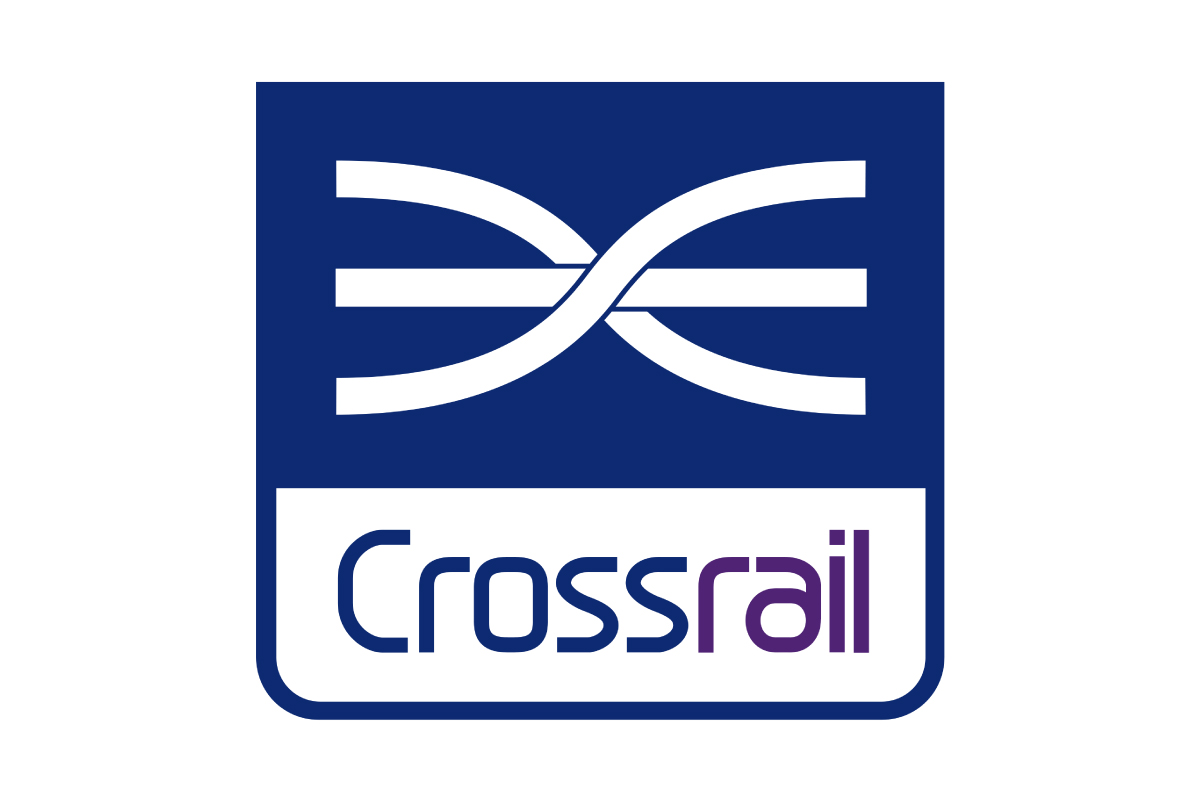What is IR35 and does it apply to me?
IR35 was introduced in 2000 and designed to reduce tax avoidance by contractors who HMRC believe to be “disguised employees”- in other words people who are working in similar ways to full-time employees but invoice their services via limited company in order to pay less tax.
IR35 Rules :
:
Under IR35 rules the contractors would have to show that they were not employed by the company and have no employment relationship with the company. Contractors can find out whether they fall ‘inside’ or ‘outside’ IR35 they would have to keep in mind the following four factors:
1. Control
Self-employed contractors have their own control of when and how they work, if the contractors contract seems to be rigid and sets the working patterns and also applies excessive control over the contractors work and how it is completed these terms would a make the contract look like an employment contract and not a contractors contract. This makes it very likely that you would fall within IR35 or can make it hard to prove otherwise.
2. Contract
It is in the best interest of the contractor to create their own contract to the hiring organisation to prevent any misunderstanding within the contract. This allows the contractor to set their own terms and not have the term set for them by the hiring organisation.
3. Mutuality of Obligation
As a self-employed contractor you would have to show that you work on a project to project basis where there would be an contract end date in the contract and would have no obligation to work past the contract end date stated the contract with the client.
4. Substitution
As a contractor you can supply a substitution to the organisation, but where in the contract it states there is no right to substitute this could potentially make the contract fall within IR35.
IR35 in the public Sector
Initially IR35 employment status was always declared by the contractor and not the hiring organisation, but in 2017 these rules changed dramatically for the public sector and for the contractors but also for the hiring companies. The liability to prove the self-employment moved from the contractors to the hiring organisation which then made it problematic for either parties because if the contractor was to had been found to be inside IR35 they would have to pay tax and NI as employees and not receive employee benefits of the organisation. These changes also then impacted the hiring organisation as it was now seen as a risk because they could be fined if they had incorrectly identified the contractor as outside IR35, this lead to many of the public sectors to cease using self-employed contractors.
IR35 in the private sector
Currently the private sector does not have to worry about IR35. But now the Government have argued that contractors paying less tax than employees should be considered as unfair and as a result of that the Government are in consultation about further changes to the IR35 and some of those consultations have resulted in IR35 being reformed and extended to the private sector and their contractors in early 2020.
IR35 Check list: (Test your employment status)
Payments
In order for you to stay outside the IR35 you would have to be paid on a project-to-project basis and would have an end date to their project and usually the work ends when that period of time has reached.
Financial Risk
Self-employed contractors are much more likely to experience a higher level of financial risk compared to employees of an organisation. If you have guaranteed weekly or monthly pay in your specific contract within the organisation, this will look like an employee’s contract rather than a contractor fees being paid for the service they are providing. Also if you are required to send invoices when billing the organisation it must detail the services they are being billed for the period of time that you are requesting payment for. If it is guaranteed, fixed regular payments that look like a salary that could make the contract fail IR35 tests.
Equipment
As a contractor you would have to state within your contract that the equipment that would be used within the project that the client has assigned to you would be your equipment – if the contract does not state what the equipment is and who would be providing it HMRC could view this as if the client is providing you within equipment and would then put you within the IR35 as it would complicate figuring the status of the contractors employment status.
Exclusivity
As a self-employed contractor, a perk of this would be that as a contractor you are able to work with more than one client at once, however with this being said if a contractor seems to be working with one client for a prolonged duration it could be seen by HMRC that this is actually an employee to employee relationship and not client to contractor relationship.
Running Business
In order to prove your status, you would actually need to have a running business – this would include having a running website, office space or registered address for the business would all reinforce that you are operating as a self-employed contractor for your own business and not an individual who is offering their service as an employee.
How to prepare?
Firstly, you can check your status on the HMRC website using the link below: https://www.tax.service.gov.uk/check-employment-status-for-tax/reason-for-using-tool
Seek professional advice
After checking your status on HMRC and you are still unsure or would still like some help, seek advice before you go ahead and make any changes to your business as it stands – this will allow you to understand that changes and make sure that all the changes you make within your business are compliant with IR35 law. Seek advice from a professional who specialises in IR35 Laws and preferably within the contracting sector also.
Initiate use several specialist advisors and companies and we are happy to share them with our contractors. If you are interested in doing so, please contact the office.



























